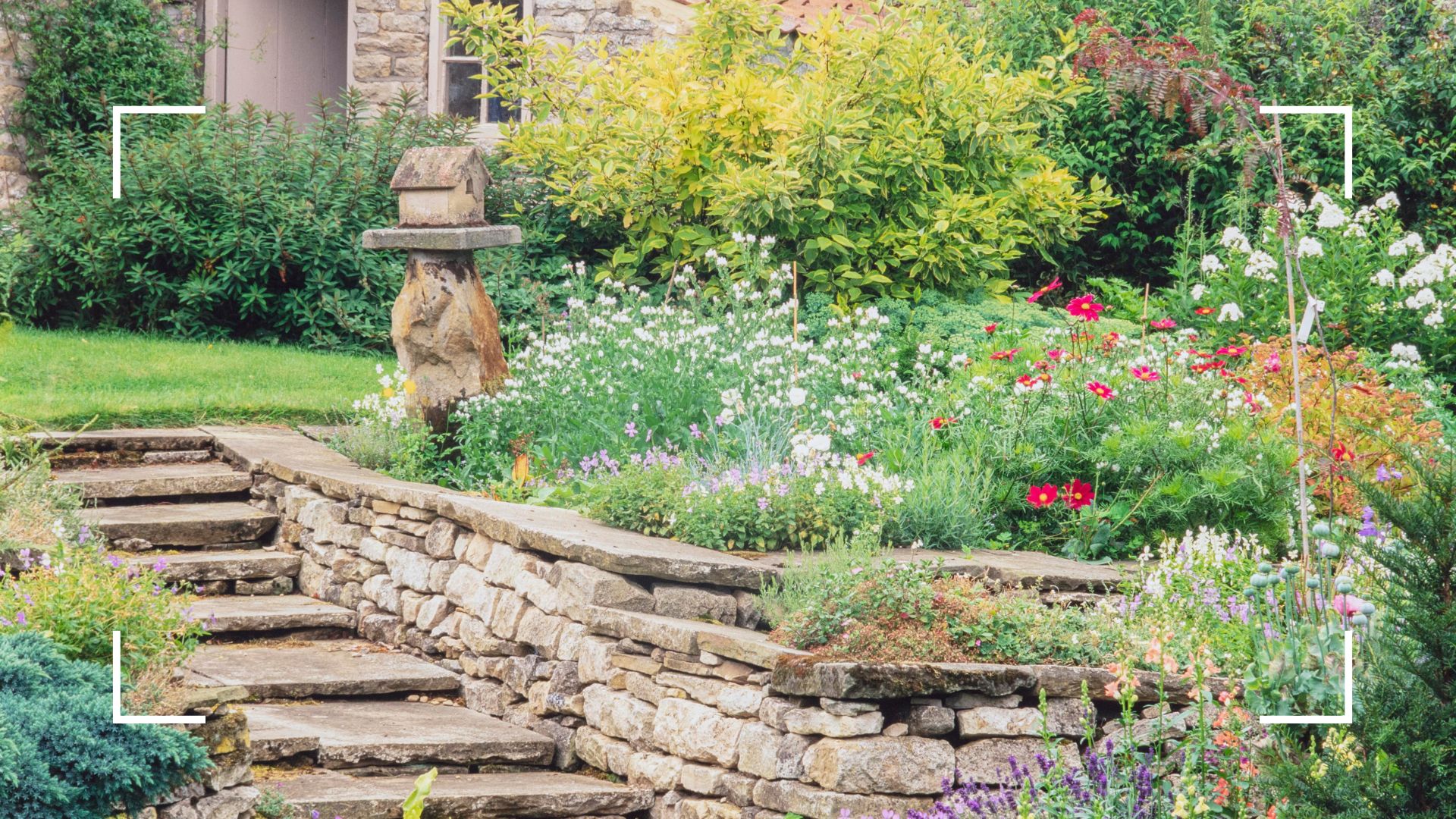
As the seasons change so do the jobs we need to get done in the garden. With autumn and the run-up to winter, your plants will need a little more TLC but some of them will benefit from being alone.
Just as there are plants you should never prune in summer, autumn and winter come with their own rules too. Along with protecting your plants from frost this season, you'll have to make sure your plants are given the best chance against the drop in temperature.
While you might think giving your plants a healthy chop is good for them some plants will become too vulnerable if pruned or deadheaded in autumn. We asked the experts which plants you should never deadhead this time of year and here's what they said.
Plants you should never prune in autumn
There are a lot of jobs to be done in your garden through the autumn months, from protecting your space from heavy rain to flooding vulnerable plants before you bring them inside for shelter.
Another job is deadheading your plants properly, but it's important to know which of your plants actually need it. To ensure you don't chop any vulnerable species we spoke to gardening experts to find out which plants should be left alone this season.
1. Rhododendrons
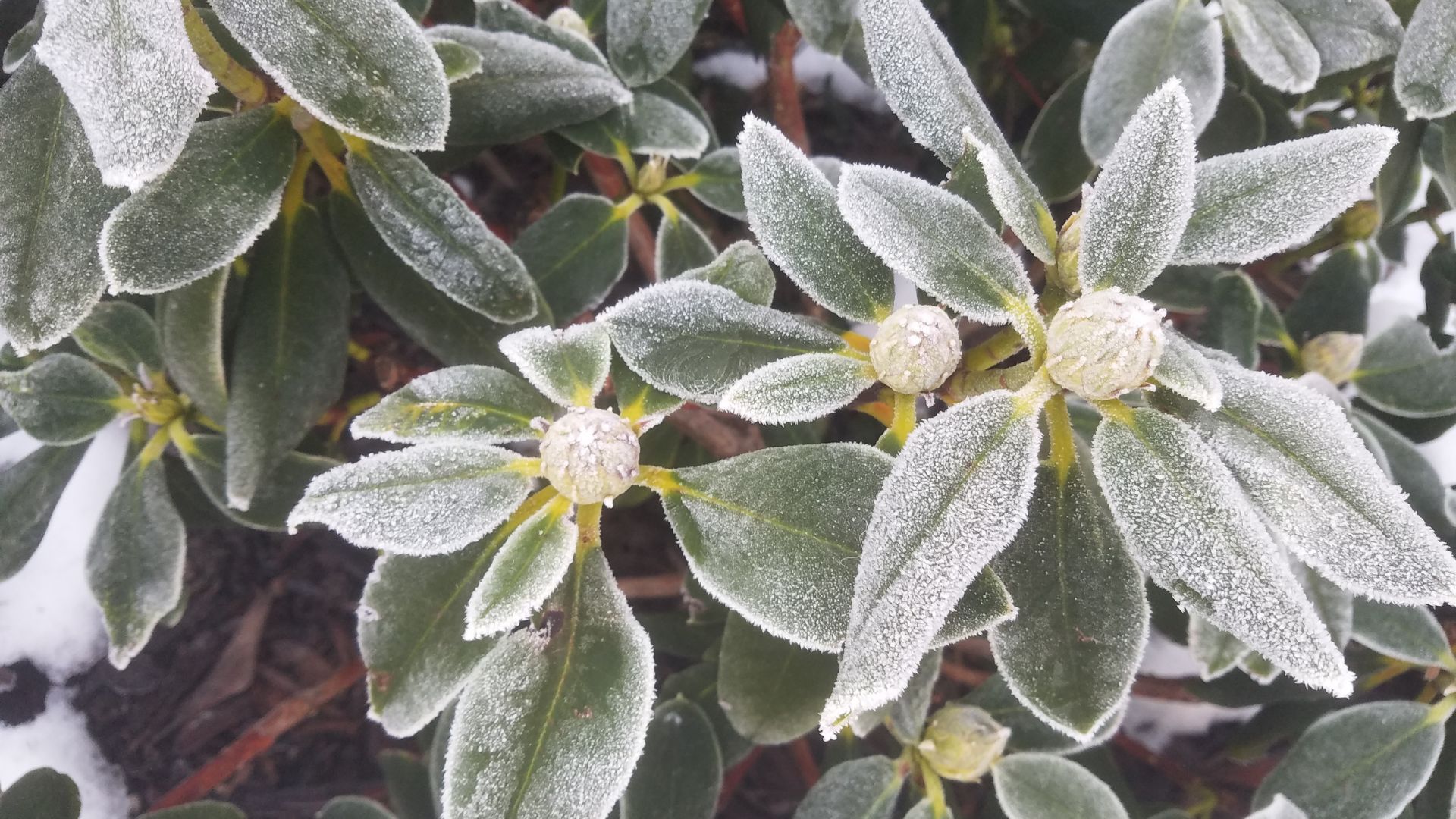
You may know that you should deadhead your rhododendron in the late spring when its flowers are spent the same doesn't apply for the autumn and winter time.
"As rhododendrons grow their flowers on old wood, you should not prune them in autumn," warns Graham Smith MCIHort, a gardening expert from LBS Horticulture. "If you think that your rhododendron could benefit from being cut back, you should only do this in spring after it has finished blooming. However, dead wood or foliage can be removed from the plant at any time."
2. Forsythia
Forsythia is one of the many plants experts recommend planting in February, however, when it comes to pruning them you might want to hold off this season.
"You may find that you often need to cut back forsythia, as it is a fast-growing plant. However, it is best to wait until spring to do this once all of the flowers have finished blooming," explains Graham.
He goes on to warn that pruning a forsythia in autumn can affect the plant, and it may not produce as many flowers the next year.
3. Roses
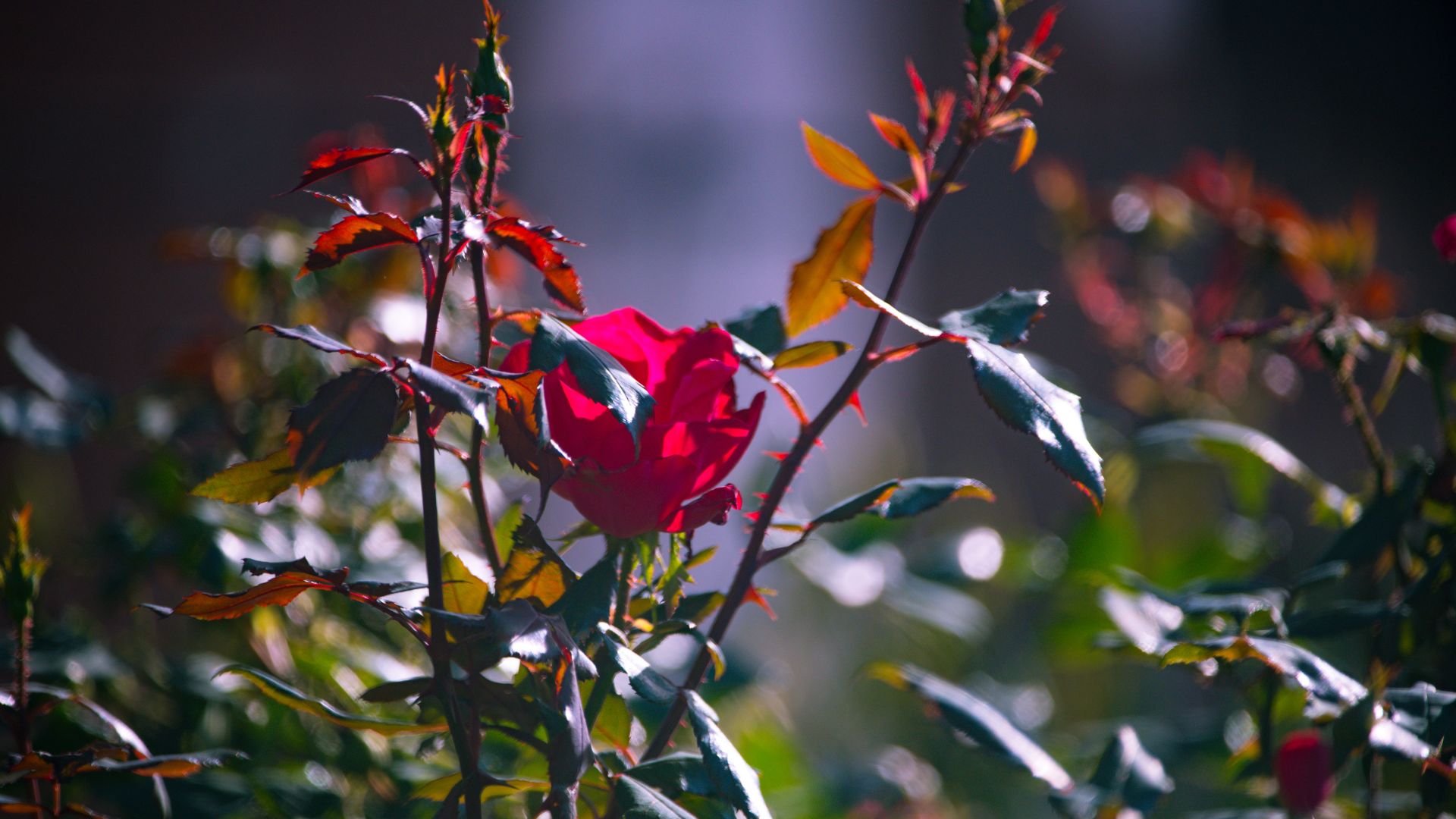
Whether you're taking cuttings from roses or pruning roses for maximum blooming, this plant is usually one we'd put on our deadheading list. However, there are some risks that come with pruning this plant during the cold season.
"Deadheading and pruning roses in autumn can encourage tender new growth, which is highly susceptible to frost damage," says Petar Ivanov, a gardening expert from Fantastic Gardeners. "The best time for pruning most roses is in late winter or early spring."
So whilst it will help your plant in some seasons it's best to leave them for now.
4. Hydrangeas
It's no secret that deadheading your hydrangeas and keeping them pruned can be really beneficial for the plant. And yet, similar to rose bushes when it comes to the autumnal period, you might want to put the shears down.
"Pruning hydrangeas in autumn can remove buds that will flower in the next growing season. Leave these until after they flower in summer," says Petar.
Autumn is the time you should plant hydrangeas just make sure it's earlier you do it in the season rather than closer to winter time.
5. Evergreens
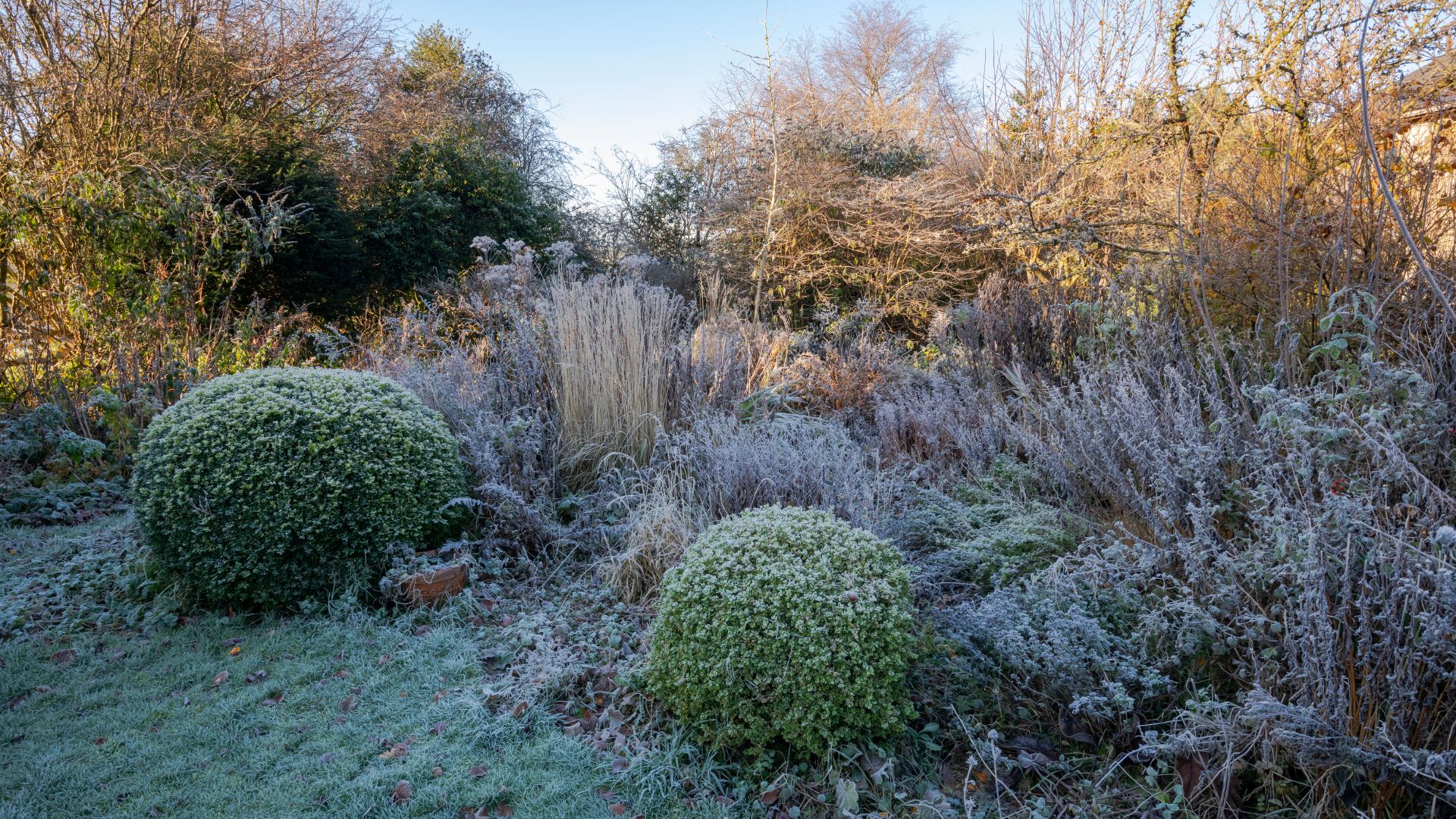
As some of the best plants for privacy, you'll no doubt have a few shrubs in your garden and their growth can be damaged should you prune them in autumn months.
Graham says, "The best time to trim evergreen shrubs in your garden is either in early spring or late summer. Pruning these plants during autumn can encourage them to produce new growth, but this growth is easily damaged by frost and can affect the hardness of the plant."
He also points out that evergreens don't store food in their roots like other plants do, so pruning in autumn can lead to them struggling to produce the energy that they need to survive until springtime.
6. Fruit trees
Fruit trees belong on the plants to prune in January and even then it's only apple and pear trees that should be snipped. Otherwise, it's best to leave them be.
"Fruit trees should generally be pruned during winter when they have gone dormant, and stone fruit trees are best pruned in summer. Pruning fruit trees in autumn means that you may be removing the flower buds that the trees set, which will affect the size of their harvest the following year," explains Graham.
7. Lilacs
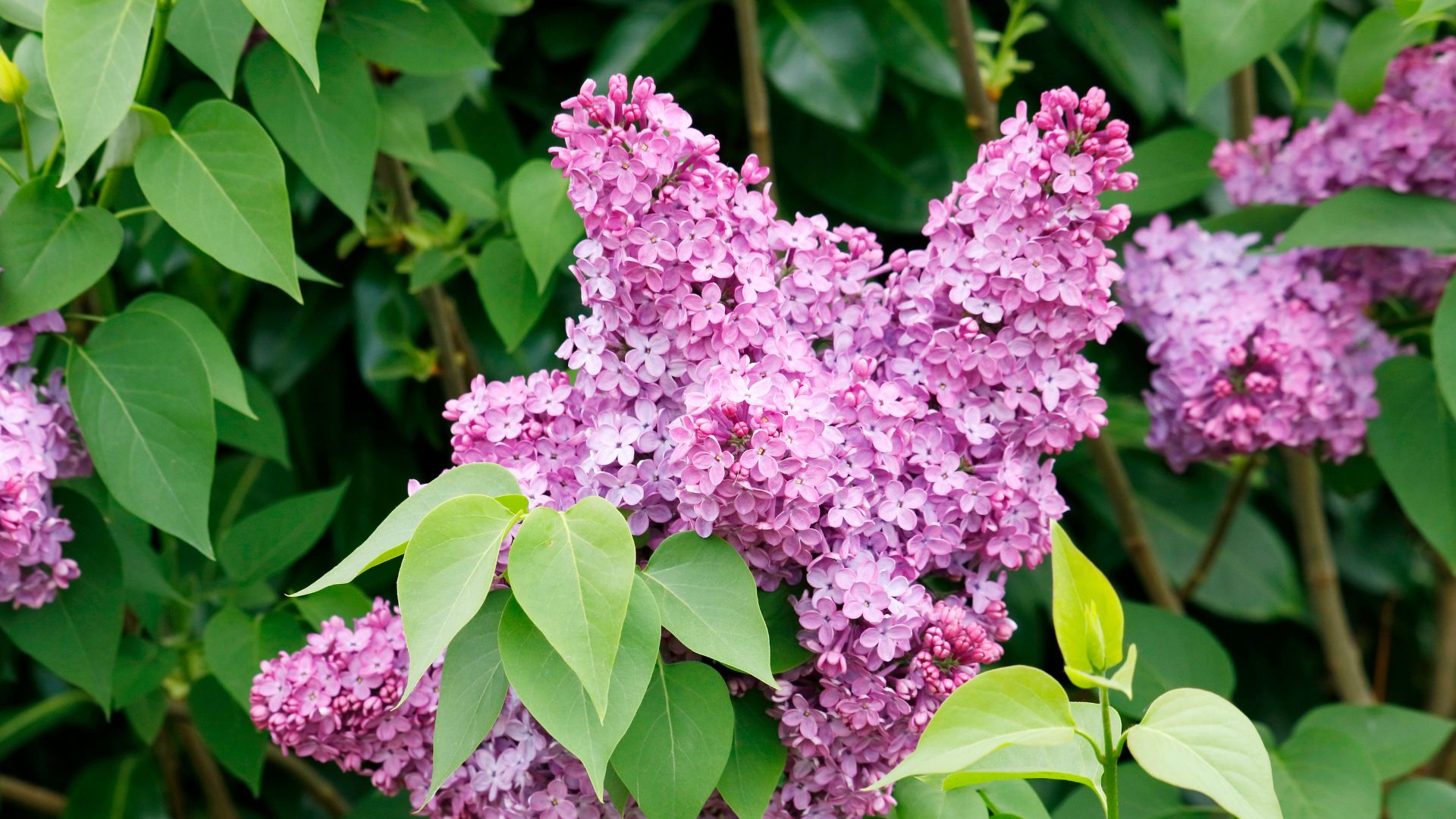
Last but not least are the wonderfully coloured lilacs. Knowing when to prune lilacs is extremely important to ensure a stunning bloom full of frothy purple flowers.
Graham says, "As lilacs are a spring flowering shrub, they should not be pruned in autumn. Similarly to rhododendrons, they will develop the buds that will become flowers in autumn."
Pruning them during the autumn season can mean you potentially get rid of future blooms and so are setting the plant up to have a disappointing display or no flowers at all.
FAQs
What month is the best to cut back plants and why?
Unless you're embracing the rewilding trend you'll no doubt want to keep on top of cutting back your plants and keeping your garden maintained. A general timeline can be hard to establish when plants all have varied needs but Luke Dejahang, gardening expert and CEO of Crown Pavilions says there is an ideal month.
"The best month to cut back plants often depends on the type of plant and its growth cycle. Generally, August is considered a good month for pruning many plants because their growth starts to slow down, allowing cuts to heal before the colder weather sets in," he explains.
On the other hand, when it comes to perennials, spring is often the best time to cut back as it allows the plants to provide a habitat for wildlife over the winter.
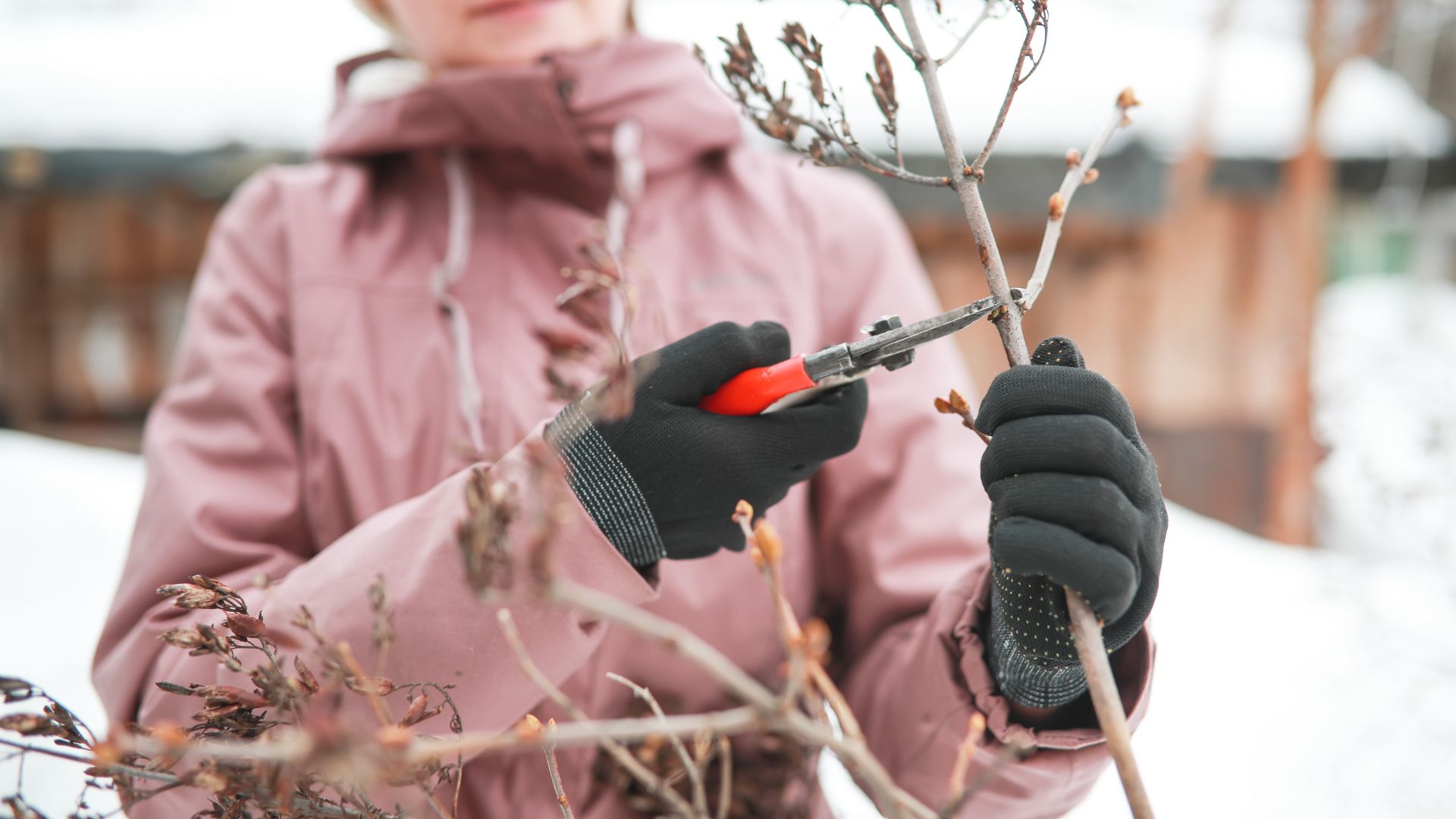
Should I cut back plants in the winter and why?
Deadheading is one of the many ways to help your garden bloom throughout the seasons and winter can be a great time to do it. Of course, this only applies to certain plants.
Luke explains, "Cutting back certain plants in winter can be beneficial. During winter, many plants are dormant, making it easier to identify and remove dead parts, so cutting back and pruning encourages new growth. It also helps to maintain plant health and prevent the spread of diseases."
It is important though to know which plants shouldn't be pruned in winter. Luke says, "For example, avoid pruning plums and related species during winter to prevent the spread of silver-leaf disease."
Autumn and winter gardening essentials
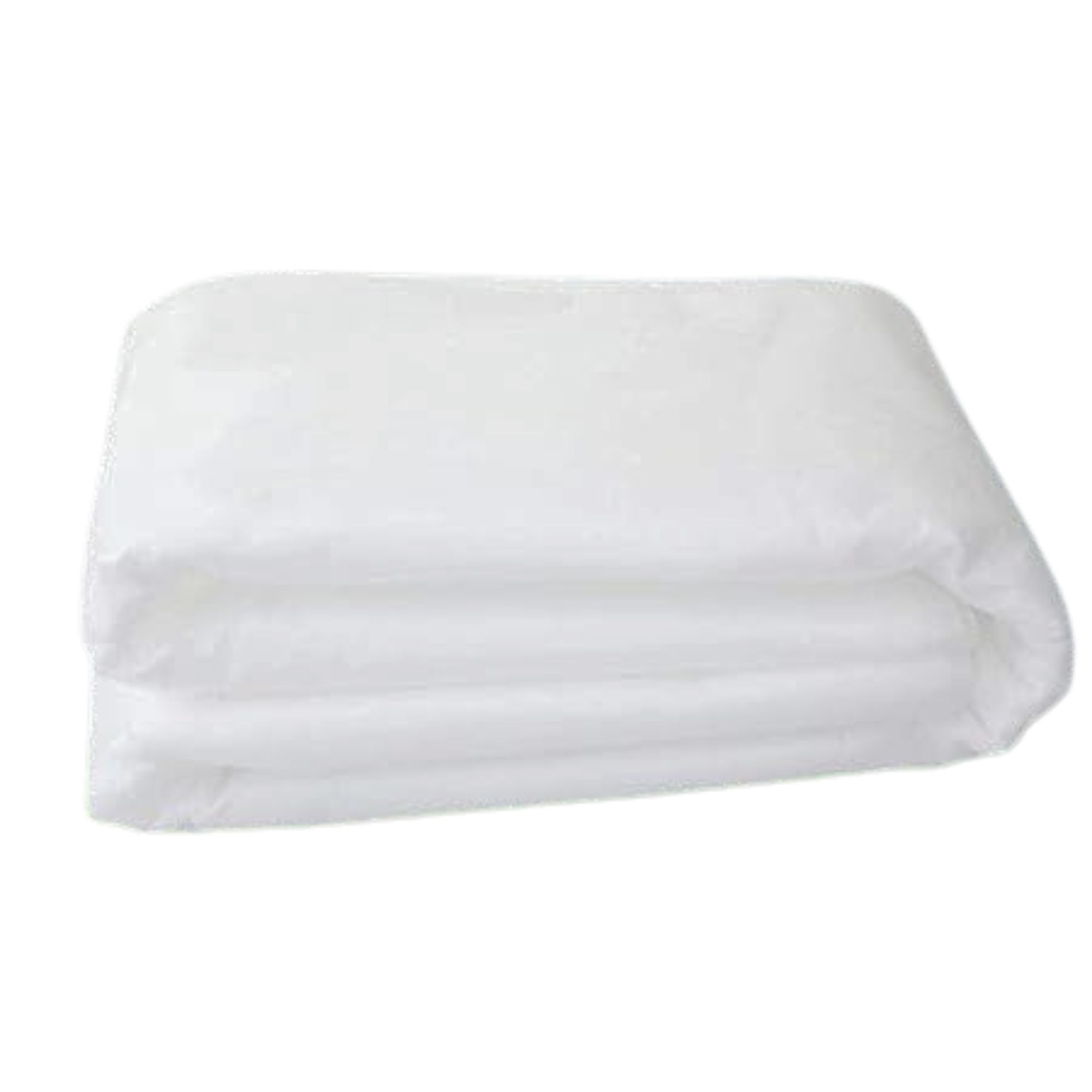
RRP: £15.99 | Made of 30sgm non-woven polypropylene fabric this fleece gives enhanced frost protection and protects down to -5/-6 degrees. It's designed to last longer than one season and shouldn't rip easily when tugged on.
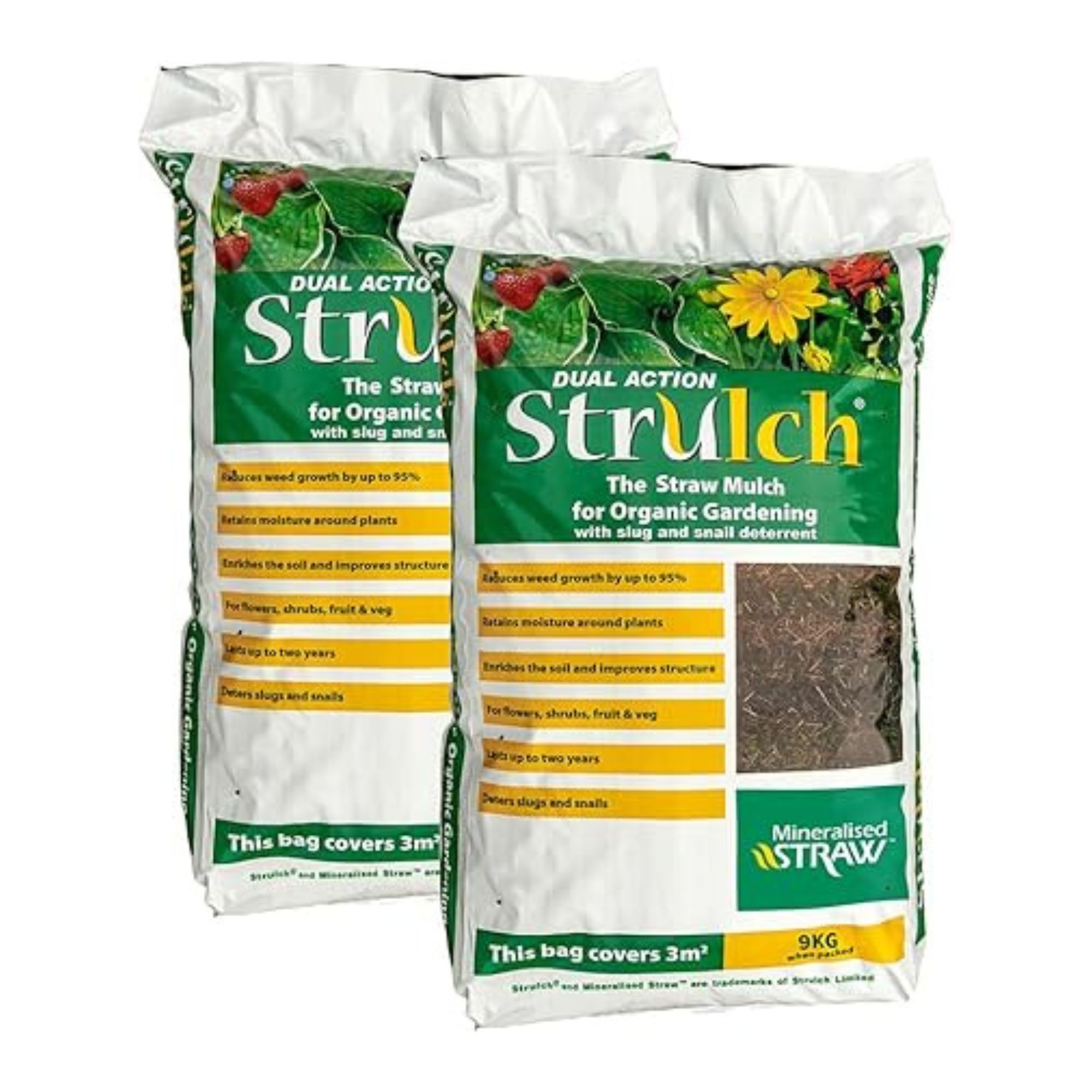
RRP: £27.45 | You can use this all over your garden for weed killing, edging and lining your container plants. Mulch like this is perfect for keeping your plants protected from freezing temperatures and the straw will help decrease the risk of waterlogging.
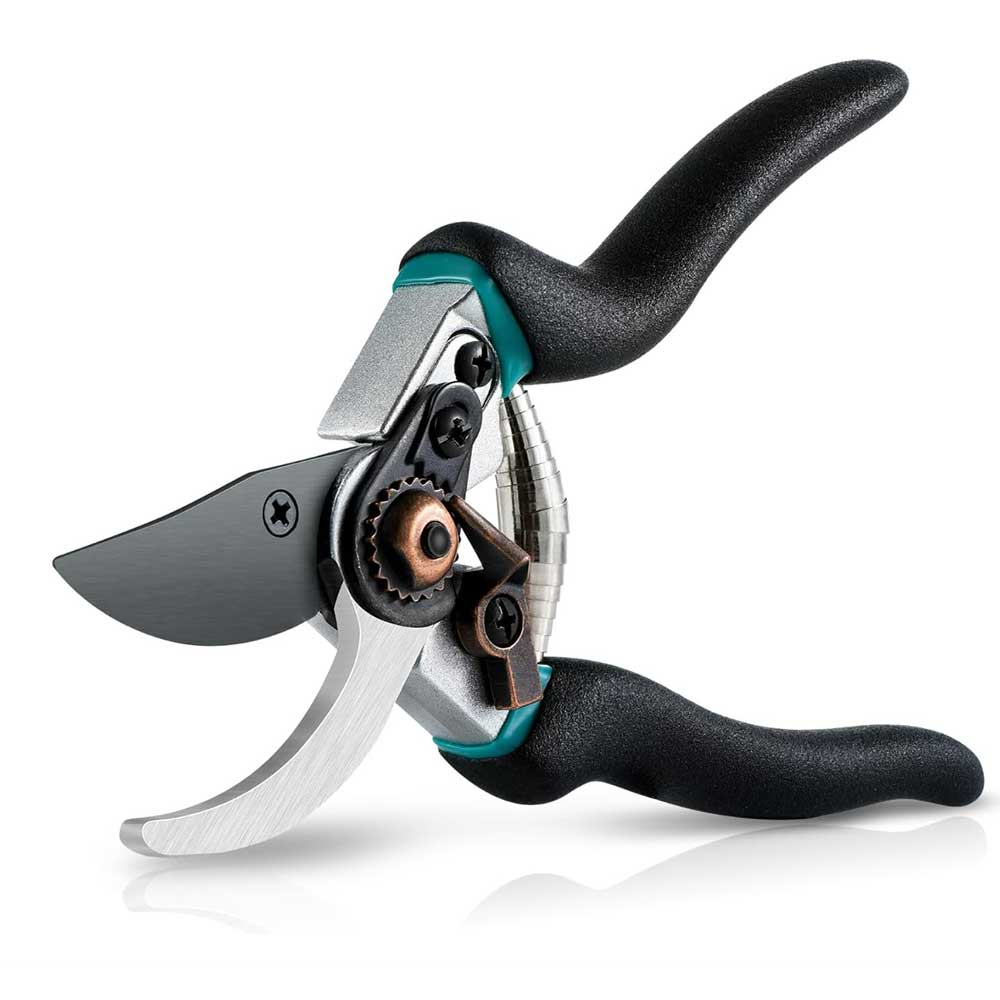
RRP: £11.99 | Having a high-quality pair of secateurs can make a simple job all that much easier, so whilst you might avoid cutting some plants these will be helpful for the species that need to be pruned.
Whilst there's much to do outside this season it's key to make sure you're adapting your houseplant care in winter, just because they're inside doesn't mean their environment doesn't change.







